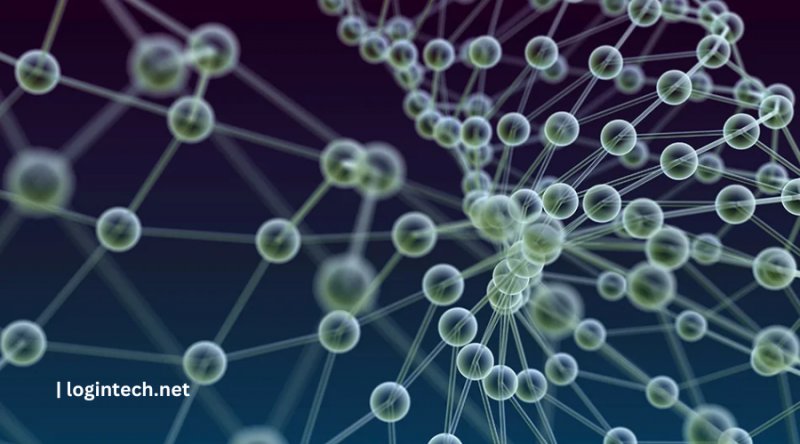Polymer compounding is the method involved with the blending or mixing of polymers and added substances and is fundamental for test preliminaries. Commonly, this cycle is acted in the liquid state to accomplish a homogeneous mix and is a vital stage in the polymer improvement process.
The requirement for lightweight, more sturdy, and low outflow materials in addition to the rising spotlight on materials that contain reused materials is compelling the polymer and plastics industry to foster new, high-level materials, and intensifying polymers assume a vital part in this development. The objective of a polymer compounder is to upgrade or modify the properties like physical, optical, tasteful, or warm qualities of the base material, or to create materials with explicit characteristics through intensifying polymers with a scope of fillers, reinforcers, and added substances. Instances of added substances utilized in compounding could incorporate colorants, carbon nano-tubes, wood strands, cellulose filaments, fire retardants, deodorant powder, or glass. Such added substances can be handled as pellets, powder, or drops.
polymer-compounders.com advancement with modern scale plastic intensifying lines to check and confirm each new compound is costly and tedious. All things being equal, research facility scale expulsion accumulating offers a productive methodology supporting the advancement of better than ever materials as it tends to be utilized to create reasonable amounts of test tests rapidly which can then be assessed for mechanical properties, rheological execution, the outflow of volatiles or draining or relocations reads up as fitting for the use of interest. Along these lines, the improvement of novel materials, like the ongoing quick interest in biopolymers or bioplastics, can be advanced to satisfy shopper and industry needs.
Polymer Intensifying Ability
Our polymer specialists run intensifying preliminaries inside our advanced polymer pilot plant offices. Notwithstanding single screw compounding, Intertek likewise gives the advantages of twofold screw compounding, empowering the business to test and assess materials on a limited scope. For the help of a standard material Research and development assessment, roughly 3-5 kg compound is expected for physical and logical material characterization/assessment.
Normally added substances are utilized for compounding incorporating colorants, fire retardants, deodorant powder, glass, and added substances for changing the optical or mechanical properties. Such added substances can be handled as pellets, powder, or drops by our specialists. Our clients will get the advantages of a Coperion ZSK 18 MEGAlab twin-screw, co-pivoting research facility extruder Ø 18 mm, L/D 44. This unit has a particular development with interchangeable barrels and all standard screw components. Our extra polymer handling administrations incorporate polymer preliminary infusion forming, blown film, and cast film expulsion.
The Advantages of Lab-scale Compounding
Lab-scale compounding follows similar interaction and ideas as modern compounding, in any case; the more limited size offers the benefit of a more fast methodology for supporting polymer improvement and the plastic intensifying cycle.

